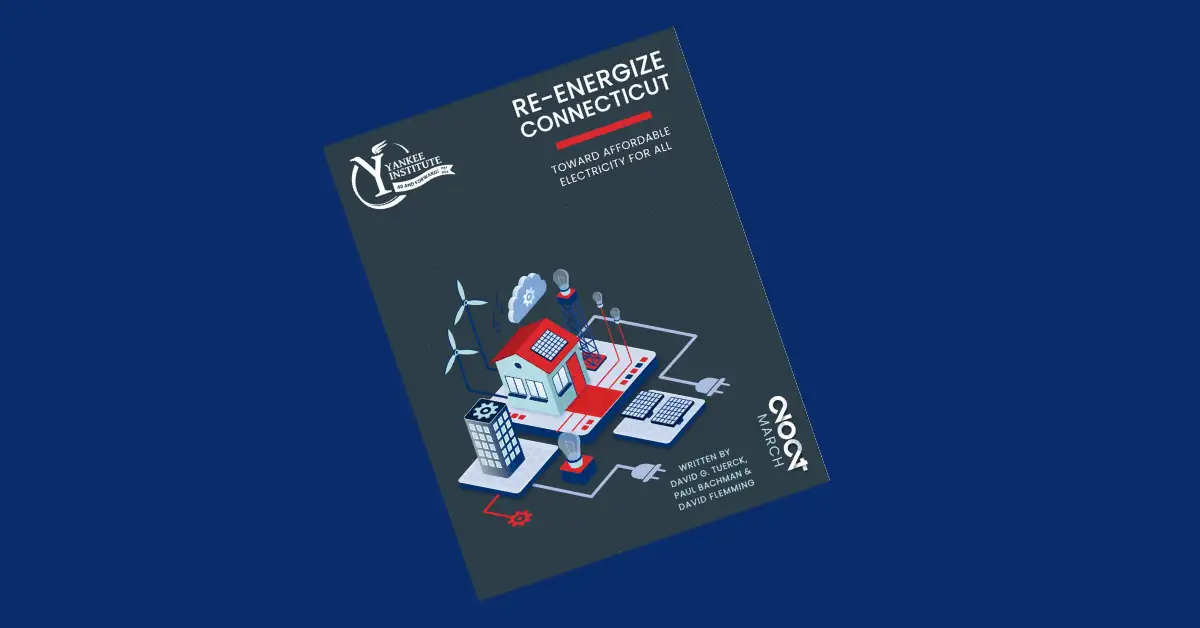Connecticut’s people suffer from some of the highest electricity rates in the nation.
Electricity is a top budget priority for every household, but there is no financial respite in sight for state residents. In the commercial landscape, Connecticut businesses compete with one arm tied behind their backs, confronting competitors in other states and countries with substantially lower electricity costs.
The Renewable Portfolio Standard (RPS) rules, passed by the legislature in 1998 and made more stringent through legislative action every few years, bear significant responsibility for this status quo. The RPS rules severely restrict the ability of utilities to find the cleanest and most efficient means of providing electricity to Connecticut’s residents and businesses, creating higher electric bills as a consequence.
Initially, the RPS was passed to create well-paying jobs for Connecticut residents in an emerging energy sector. Yet these jobs have materialized instead in Maine, New York, and Quebec, where wood-burning biomass and hydro-power facilities meet most of the RPS requirements for our state. This outcome contradicts the original intention and promise of the RPS and requires re-examination.
But have the rules led to any improvement, perhaps even greater confidence in the electrical grid? Not so much. In 2023, residents expressed distrust in the grid’s reliability to the Department of Energy and Environmental Protection (DEEP), especially in its ability to handle the complete ban of gasoline vehicles by 2035 for electric alternatives. Many voiced a willingness to consider purchasing an electric vehicle, but only if the grid became more reliable and affordable. Indeed, shortly after realizing he didn’t have the votes from the Legislative Regulation Review Committee, Gov. Ned Lamont remarked, “You have to be able to make the investments to make sure the power is there for the charging stations.”
Repealing the RPS would go a long way in ensuring that “power is there” when Connecticut needs it most, without requiring an infusion of taxpayer dollars. Reducing the pace of annual RPS benchmarks would help every Connecticut resident and business lower their electricity bills.
The following paper demonstrates that between 2024 and 2030, Connecticut’s RPS mandate will cost:
-
- $1.535 billion statewide from 2024-30 (loss of income, higher prices & lower sales)
-
- $542 for the average resident
-
- $337 million in lost real disposable income
By requiring that utility companies buy an increasing percentage of electricity from a short list of renewable energy sources, the RPS unnecessarily limits optimal energy choices, resulting in higher energy prices.
To see how the much the RPS could impact your bill, simply input your monthly average kWh consumed, which can be found on your Eversource (or other electricity supplier) bill into the RPS calculator:

